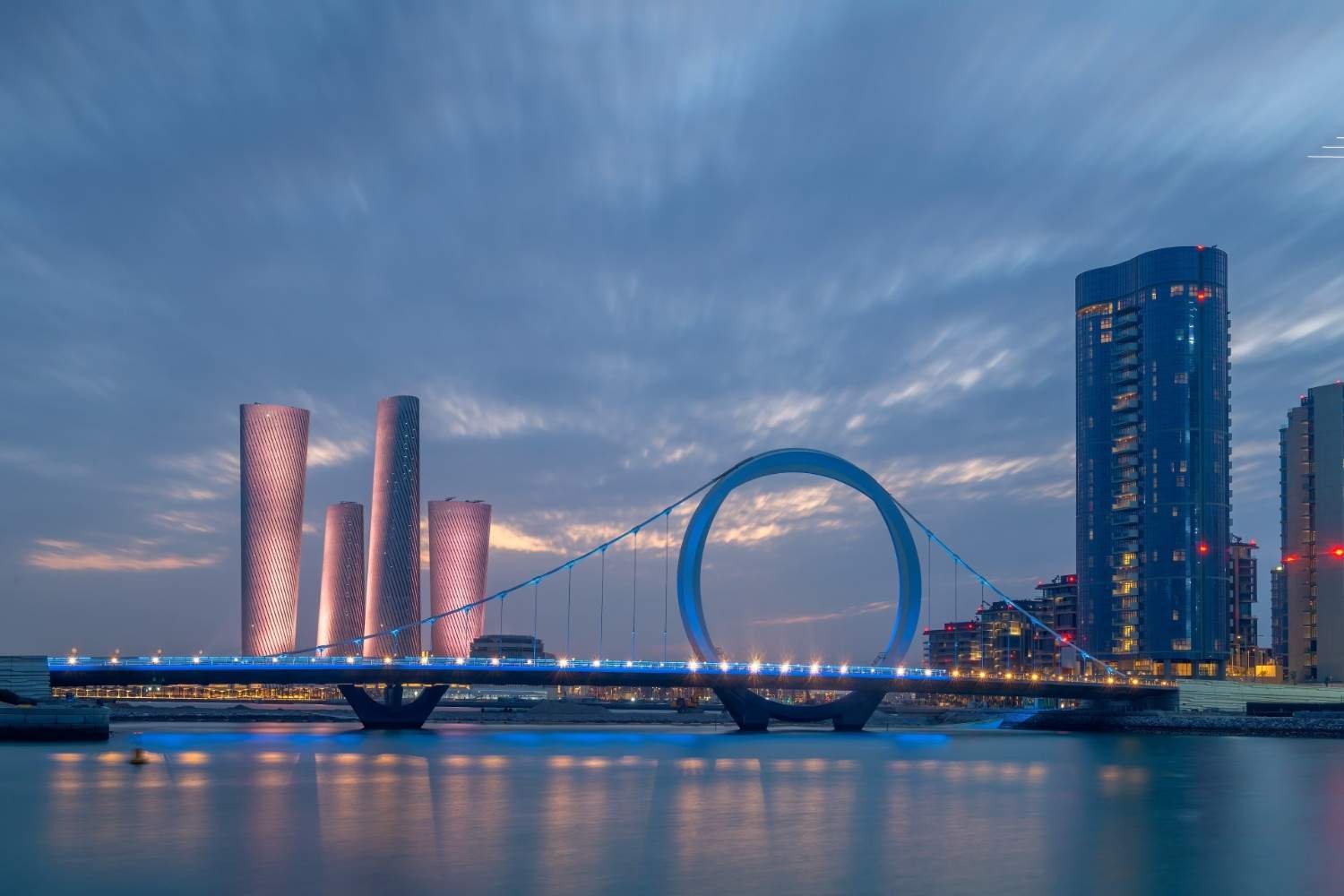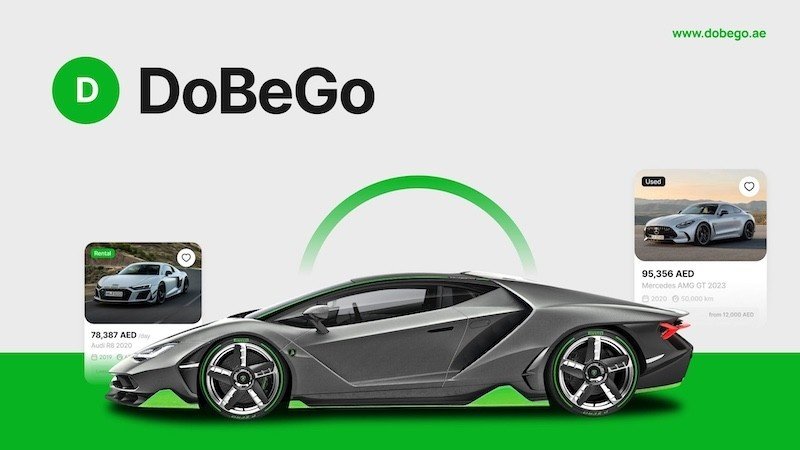Artificial intelligence (AI), cloud computing, and the Internet of Things (IoT) are fueling a global digital transformation that is rapidly increasing electricity demand. In 2024, investments in data centers reached half a trillion dollars, with these facilities consuming about 1.5% of the world’s electricity—a figure that has grown 12% annually since 2017 and is projected to more than double by 2030 to approximately 945 terawatt-hours, surpassing Japan’s current electricity consumption.
AI is expected to be a major driver of this growth, with energy consumption by AI-optimized data centers predicted to increase more than fourfold by 2030. Alongside cloud computing and IoT, AI powers smarter systems, better decision-making, and scalable solutions. However, such hyperscale data centers require significant power and energy-efficient cooling to support increasingly connected businesses and communities. This raises the critical question: how can we harness digital innovation without compromising sustainability?
AI consumes around 33 times more energy than specialized software, with a single ChatGPT request using up to 10 times more electricity than a Google search. The rollout of 5G networks and the rise of IoT devices—projected to exceed 32 billion by 2030—will further increase electricity demand. To meet this challenge, the expansion of clean and renewable energy sources is essential; otherwise, growing digital services could strain power grids and slow the global energy transition.
Digitalization itself can help address its energy footprint by maximizing efficiency across sectors. For example, Intelligent Transport Systems (ITS) can reduce energy use by 25% through optimized travel and transport modes. AI-driven analytics can optimize energy generation and load management in real time, supporting systems such as electric vehicles and HVAC.
Hyperscale data centers are already adopting liquid cooling and AI-powered server optimization to reduce energy waste. Countries like Germany use AI-driven virtual power plants with 94% accuracy in energy demand prediction, while Singapore’s Green Data Centre Roadmap promotes sustainable data center growth through energy efficiency standards.
Qatar exemplifies the balance between digital growth and sustainability as part of its National Vision 2030. Smart city projects like Lusail and Msheireb deploy IoT-based energy management to optimize power consumption, with Msheireb Downtown Doha reducing energy use by 30%. Qatar is also scaling renewable energy efforts, including the 2,000 MW Dukhan Solar Power Plant and other large-scale solar projects, doubling its solar capacity by 2030.
Collaborations with global firms support Qatar’s clean energy transition, with Iberdrola Innovation Middle East expanding its presence in Doha and partnering with Invest Qatar to develop AI tools for optimizing electrical networks. These solutions are shared globally, benefiting projects in Spain, the UK, the US, Brazil, and Australia.
As digital transformation accelerates, governments, businesses, and technology leaders must promote responsible digitalization with efficiency benchmarks. The paradox of digitalization increasing both energy demand and efficiency will shape future innovation, with AI at its core. Sustainable digital growth requires advancing energy efficiency and expanding renewable energy use to ensure a future that is both digital and sustainable.















